Guillermo Marcus
Sionna RT: Differentiable Ray Tracing for Radio Propagation Modeling
Mar 20, 2023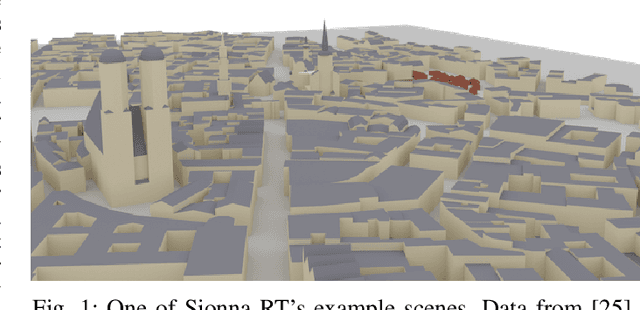
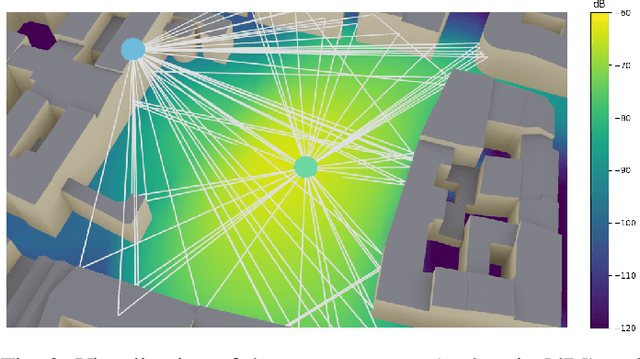
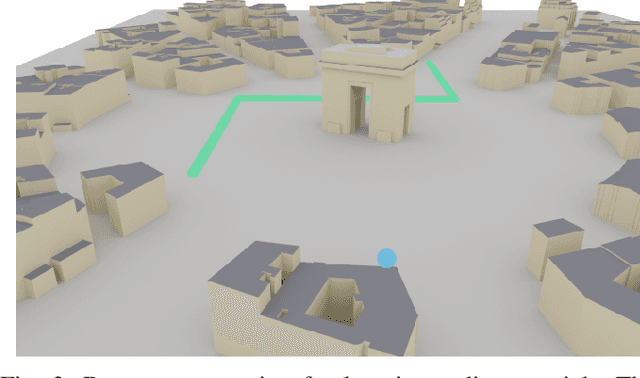
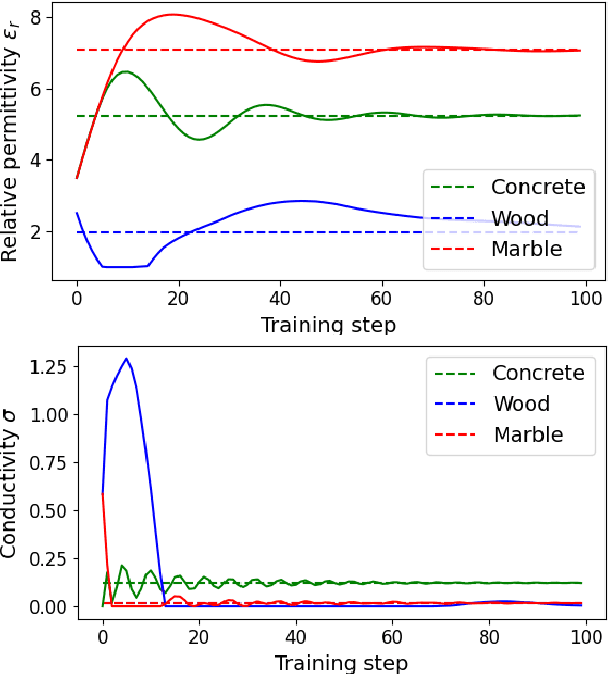
Abstract:Sionna is a GPU-accelerated open-source library for link-level simulations based on TensorFlow. Its latest release (v0.14) integrates a differentiable ray tracer (RT) for the simulation of radio wave propagation. This unique feature allows for the computation of gradients of the channel impulse response and other related quantities with respect to many system and environment parameters, such as material properties, antenna patterns, array geometries, as well as transmitter and receiver orientations and positions. In this paper, we outline the key components of Sionna RT and showcase example applications such as learning radio materials and optimizing transmitter orientations by gradient descent. While classic ray tracing is a crucial tool for 6G research topics like reconfigurable intelligent surfaces, integrated sensing and communications, as well as user localization, differentiable ray tracing is a key enabler for many novel and exciting research directions, for example, digital twins.
GPU-Accelerated Machine Learning in Non-Orthogonal Multiple Access
Jun 13, 2022



Abstract:Non-orthogonal multiple access (NOMA) is an interesting technology that enables massive connectivity as required in future 5G and 6G networks. While purely linear processing already achieves good performance in NOMA systems, in certain scenarios, non-linear processing is mandatory to ensure acceptable performance. In this paper, we propose a neural network architecture that combines the advantages of both linear and non-linear processing. Its real-time detection performance is demonstrated by a highly efficient implementation on a graphics processing unit (GPU). Using real measurements in a laboratory environment, we show the superiority of our approach over conventional methods.
Sionna: An Open-Source Library for Next-Generation Physical Layer Research
Mar 22, 2022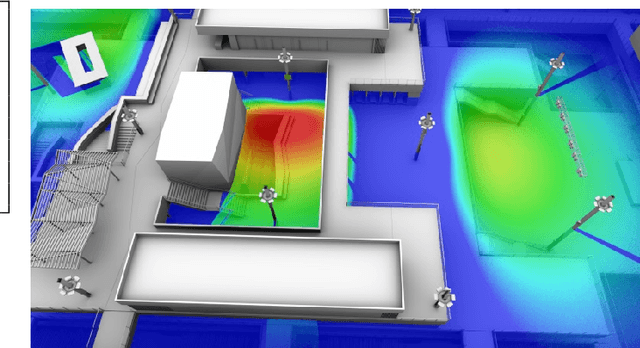
Abstract:Sionna is a GPU-accelerated open-source library for link-level simulations based on TensorFlow. It enables the rapid prototyping of complex communication system architectures and provides native support for the integration of neural networks. Sionna implements a wide breadth of carefully tested state-of-the-art algorithms that can be used for benchmarking and end-to-end performance evaluation. This allows researchers to focus on their research, making it more impactful and reproducible, while saving time implementing components outside their area of expertise. This white paper provides a brief introduction to Sionna, explains its design principles and features, as well as future extensions, such as integrated ray tracing and custom CUDA kernels. We believe that Sionna is a valuable tool for research on next-generation communication systems, such as 6G, and we welcome contributions from our community.
Real-Time GPU-Accelerated Machine Learning Based Multiuser Detection for 5G and Beyond
Jan 14, 2022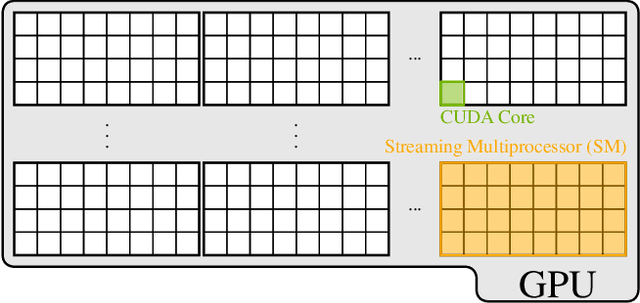
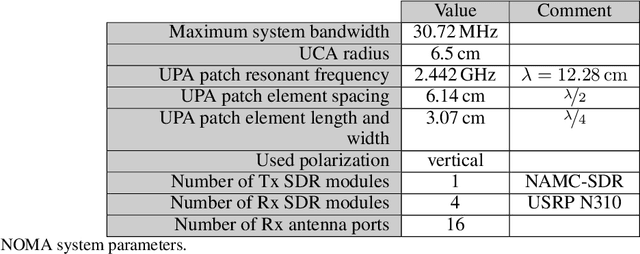
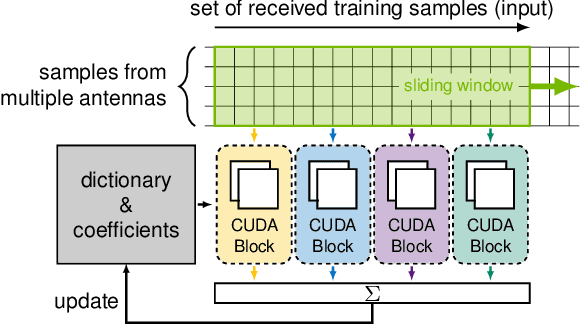
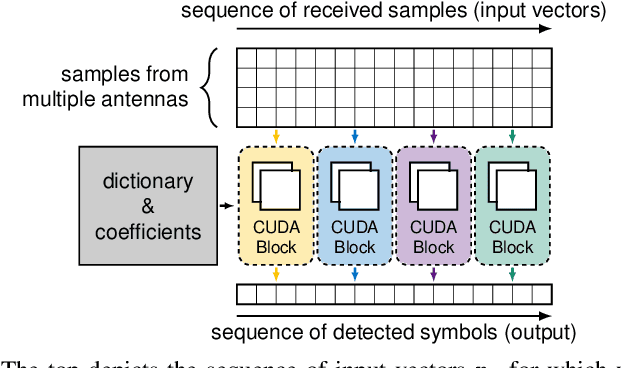
Abstract:Adaptive partial linear beamforming meets the need of 5G and future 6G applications for high flexibility and adaptability. Choosing an appropriate tradeoff between conflicting goals opens the recently proposed multiuser (MU) detection method. Due to their high spatial resolution, nonlinear beamforming filters can significantly outperform linear approaches in stationary scenarios with massive connectivity. However, a dramatic decrease in performance can be expected in high mobility scenarios because they are very susceptible to changes in the wireless channel. The robustness of linear filters is required, considering these changes. One way to respond appropriately is to use online machine learning algorithms. The theory of algorithms based on the adaptive projected subgradient method (APSM) is rich, and they promise accurate tracking capabilities in dynamic wireless environments. However, one of the main challenges comes from the real-time implementation of these algorithms, which involve projections on time-varying closed convex sets. While the projection operations are relatively simple, their vast number poses a challenge in ultralow latency (ULL) applications where latency constraints must be satisfied in every radio frame. Taking non-orthogonal multiple access (NOMA) systems as an example, this paper explores the acceleration of APSM-based algorithms through massive parallelization. The result is a GPU-accelerated real-time implementation of an orthogonal frequency-division multiplexing (OFDM)-based transceiver that enables detection latency of less than one millisecond and therefore complies with the requirements of 5G and beyond. To meet the stringent physical layer latency requirements, careful co-design of hardware and software is essential, especially in virtualized wireless systems with hardware accelerators.
 Add to Chrome
Add to Chrome Add to Firefox
Add to Firefox Add to Edge
Add to Edge